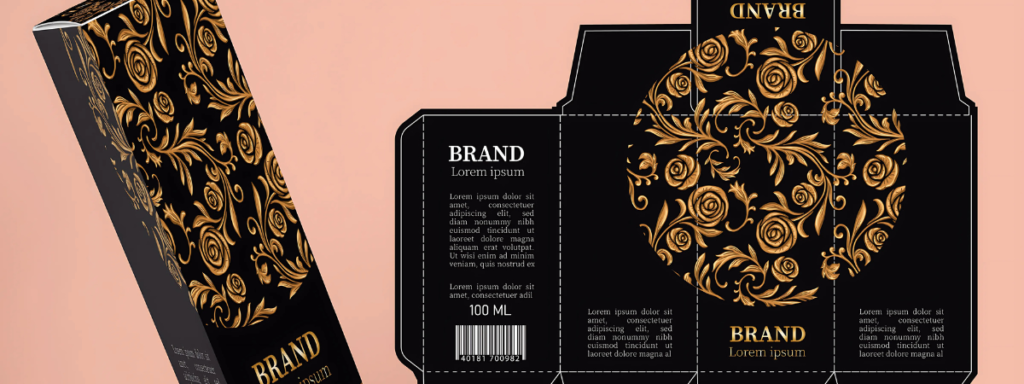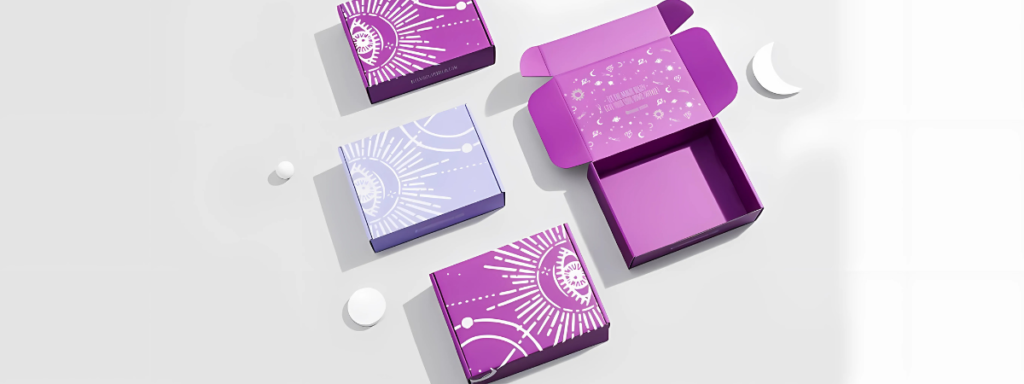In today’s competitive market, where thousands of products vie for consumer attention, packaging design in branding plays a pivotal role. It’s not just a protective shell for your product; it’s a visual storyteller, a silent marketer, and a brand ambassador all rolled into one. Whether you’re launching a new product or refreshing an existing one, investing in thoughtful packaging design can significantly impact your brand’s success.
Why Packaging Design Matters?
Your product’s packaging is the first physical interaction customers have with your brand. In a world where first impressions matter, your packaging must:
- Grab attention on the shelf: With just a few seconds to make an impression, an eye-catching design can be the difference between making a sale or being overlooked.
- Communicate your brand identity: The colors, fonts, and materials you choose reflect your brand’s personality and values. Effective packaging design in branding ensures that these elements work harmoniously.
- Influence buying decisions: Studies reveal that 72% of consumers admit that packaging design influences their purchasing decisions. High-quality packaging design in branding can be a game-changer.

Elements of Effective Packaging Design
Clarity and Simplicity
- Simplicity is key in packaging design. Customers should immediately understand what your product is and how it benefits them. Avoid cluttered designs that confuse or overwhelm.
- Example: Apple’s product packaging is minimalistic, focusing on clean lines and clear labeling, which aligns with its brand ethos of simplicity and sophistication.
Color Psychology
- Colors evoke emotions and influence perceptions. Choosing the right color palette can help establish an emotional connection with your audience.
- Tip: Use bold colors for energy and excitement (e.g., red or yellow), or neutral tones for luxury and elegance (e.g., black or white).
Typography
- Fonts convey tone and personality. A playful, quirky font might work well for a children’s brand, whereas a sleek serif font might suit a high-end cosmetic product.
Sustainability
- Eco-friendly packaging isn’t just a trend; it’s a necessity. With consumers becoming increasingly environmentally conscious, using recyclable or biodegradable materials can boost your brand’s appeal.
- Stat: A Nielsen report found that 73% of consumers are willing to pay more for products with sustainable packaging. Integrating sustainability into your packaging design in branding can enhance customer loyalty.
Packaging Design’s Role in Branding
1. Building Brand Recognition
Consistency in design elements such as logos, colors, and typography ensures that your product is instantly recognizable. Think of Coca-Cola’s iconic red and white branding—it’s unmistakable.
2. Creating Emotional Connections
Packaging can evoke nostalgia, excitement, or trust. Limited edition packaging, for example, can create a sense of exclusivity and urgency.
3. Enhancing Unboxing Experiences
The rise of social media unboxing videos highlights the importance of creating a memorable unpacking experience. Unique packaging can transform customers into brand advocates, amplifying your reach.
Example: Beauty brands like Glossier have mastered the art of packaging by including personalized touches, stickers, and reusable pouches.

Actionable Tips for Effective Packaging Design
- Understand Your Audience: Research your target market’s preferences and expectations.
- Invest in Professional Design: Hiring a skilled designer can bring your vision to life and ensure a polished final product.
- Test Your Packaging: Conduct focus groups or A/B testing to gauge consumer reactions.
- Stay Updated on Trends: Keep an eye on industry trends, such as minimalism or augmented reality (AR) integration.
Common Mistakes to Avoid
- Overcomplicating the design
- Ignoring the practicality of the packaging
- Failing to highlight key product benefits
- Neglecting regulatory compliance (e.g., labeling requirements)
Real-Life Examples of Successful Packaging Design
- Tiffany & Co.: The brand’s signature blue box is synonymous with luxury and elegance, creating an aspirational brand image.
- Method Cleaning Products: With sleek, modern bottles, Method’s packaging turns cleaning supplies into stylish household accessories.
- Innocent Drinks: The playful and conversational tone on Innocent’s packaging reflects its fun, approachable brand personality.
How Packaging Design Impacts Digital Marketing
In the age of e-commerce, packaging design in branding needs to look good both on the shelf and online. High-quality product images, paired with compelling descriptions, are essential for online sales. Additionally, aesthetically pleasing packaging can lead to user-generated content (UGC) when customers share photos on social media, boosting brand visibility organically.
Conclusion
Investing in packaging design in branding is more than just an aesthetic choice; it’s a strategic decision that can elevate your product’s market position. By combining creativity with functionality, you can create packaging that not only protects your product but also tells your brand’s story and resonates with your audience.
Ready to transform your product packaging? Let’s collaborate to bring your brand’s vision to life. Contact us today and make your product unforgettable!
